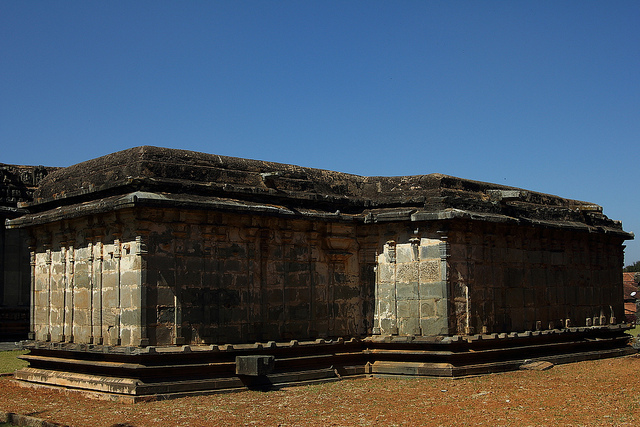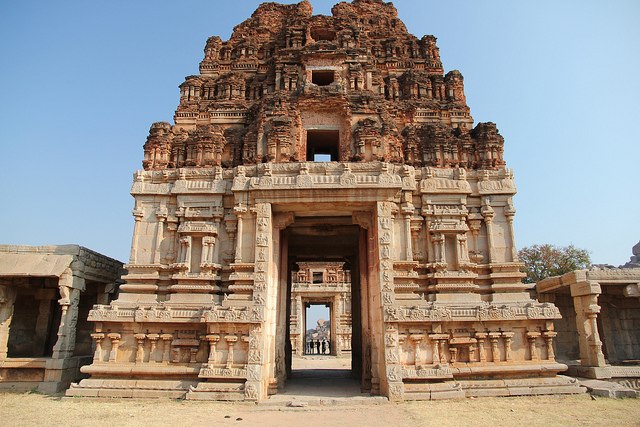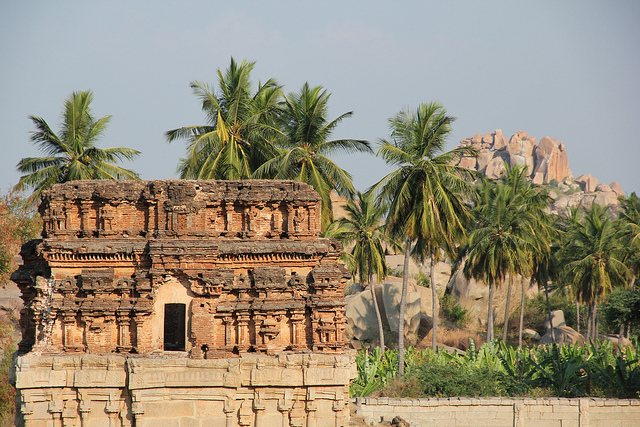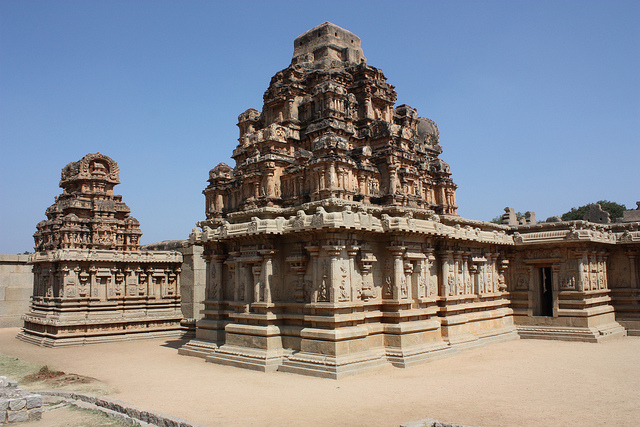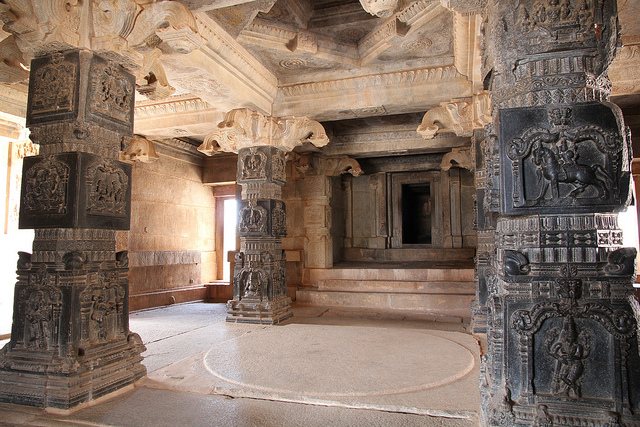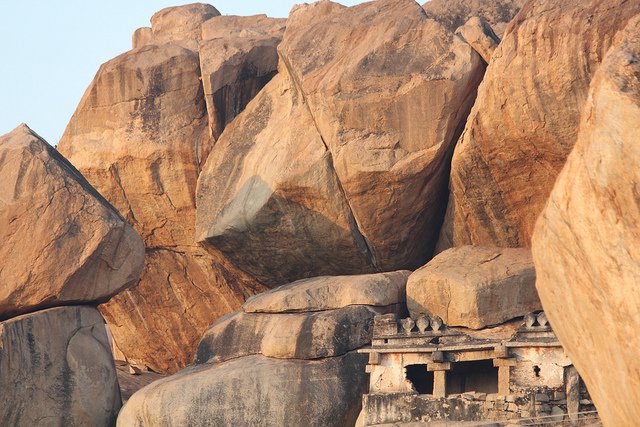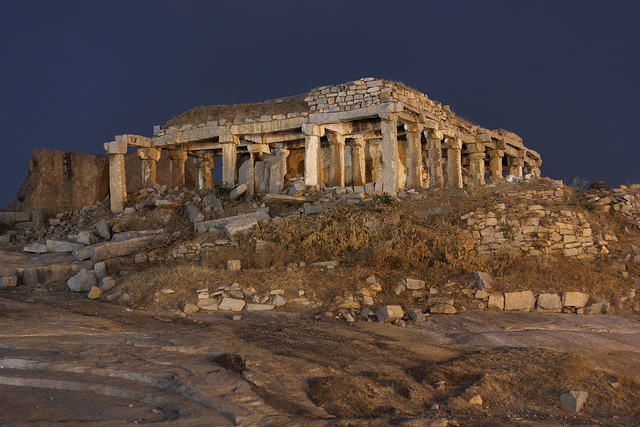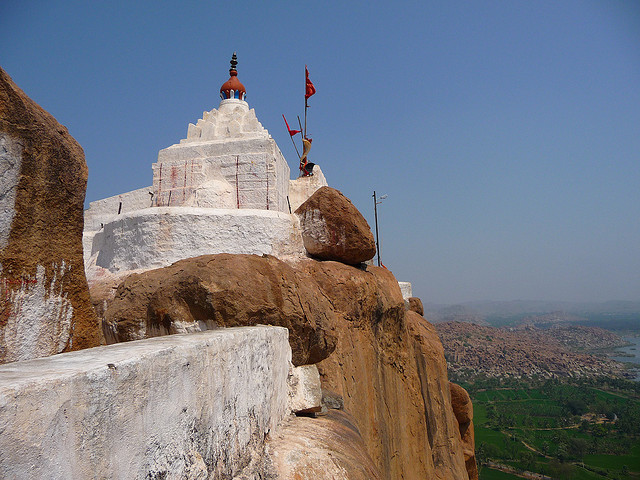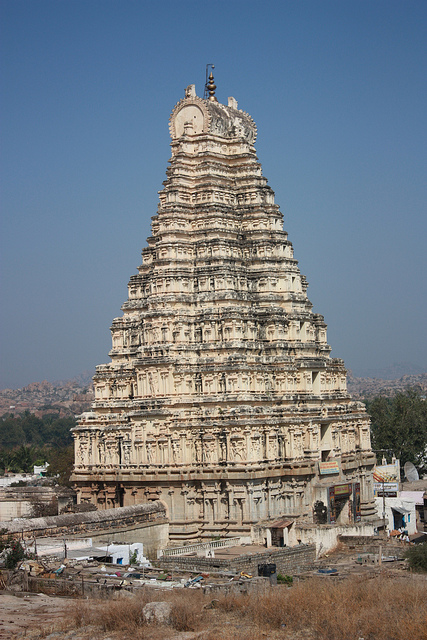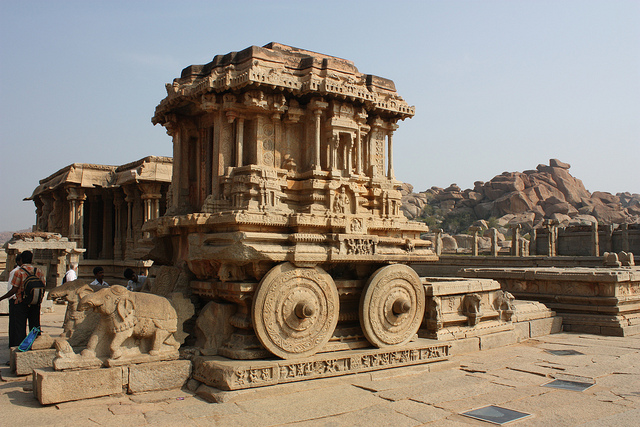Basadi Halli
It is a group of Jain monasteries famous for its pillars, which are highly polished almost resembling mirrors. Basadi Halli is very near to Hoysaleswara temple.
Although this complex consists of three temples, the famous is the Parswanathaswamy Temple, which has a 14 ft high figure made of black stone. A seven-headed serpent has been imprinted on the head of this figure. Adinathaswamy (central mandir) and Shanthinathaswamy (located at east of Shanthinathaswamy) are the other two temples here.
The temples are open all days and there is no fee to enter.
